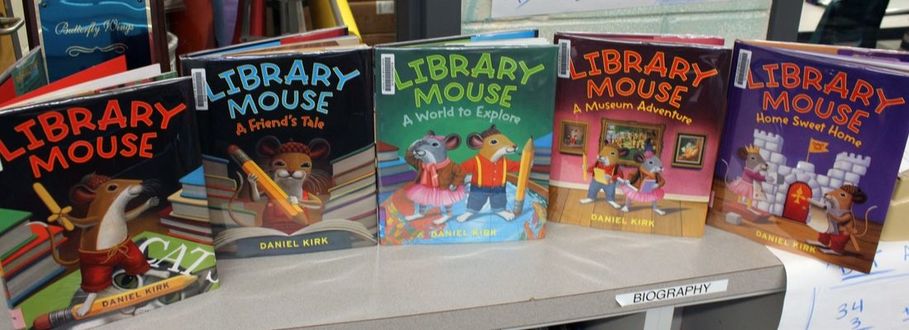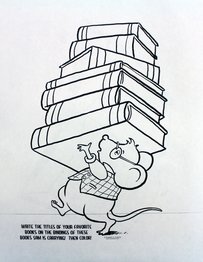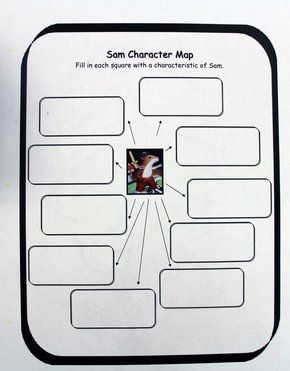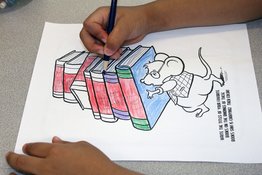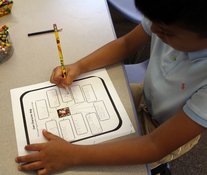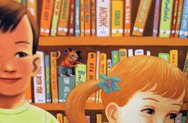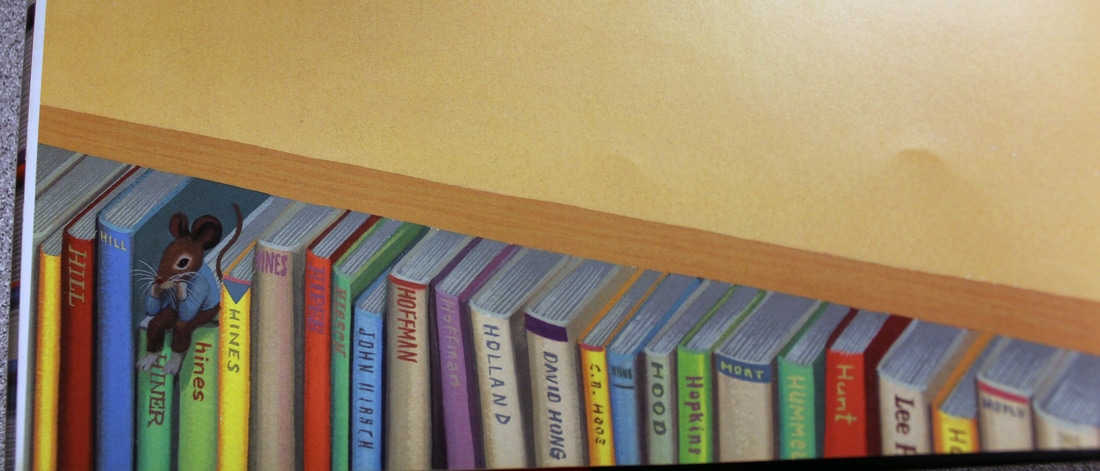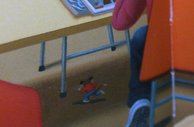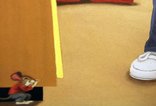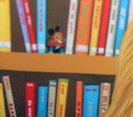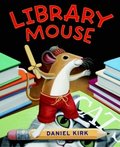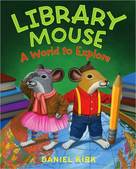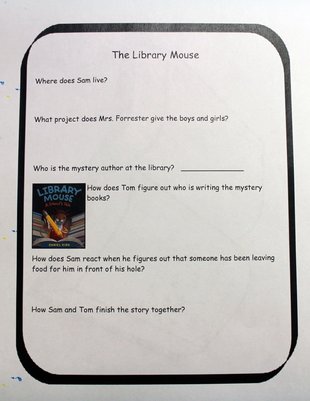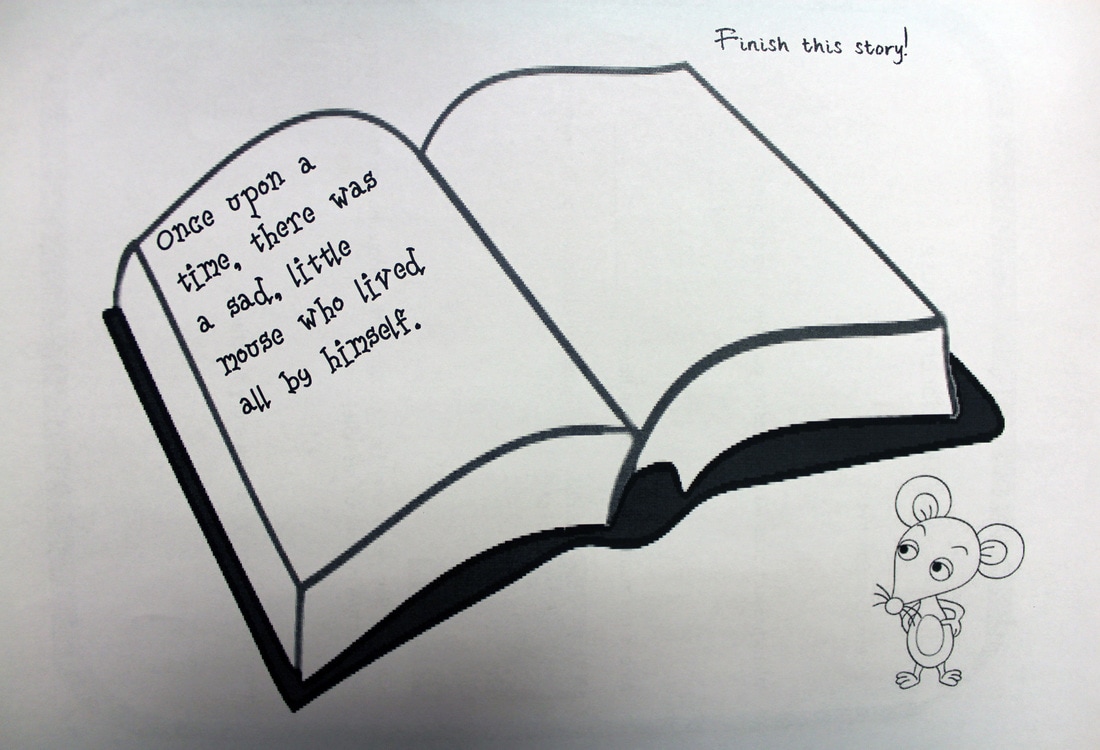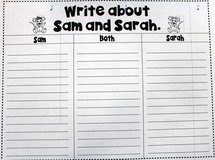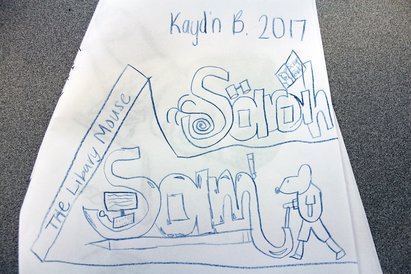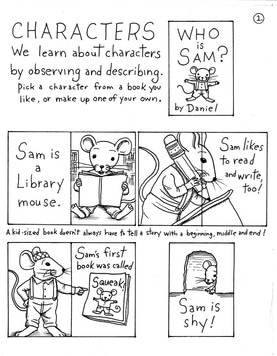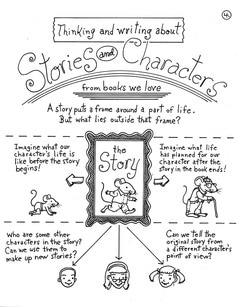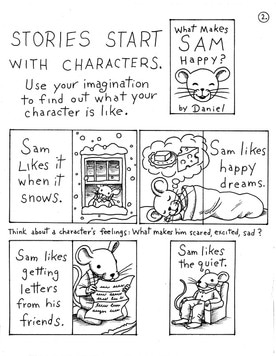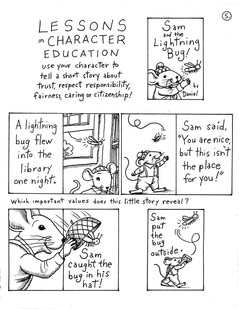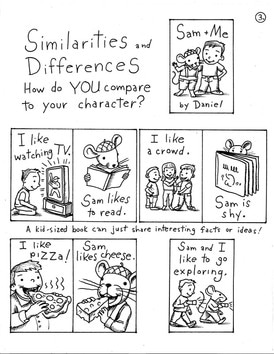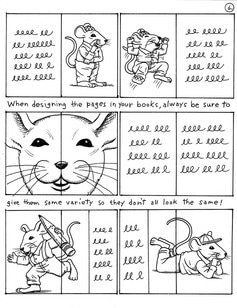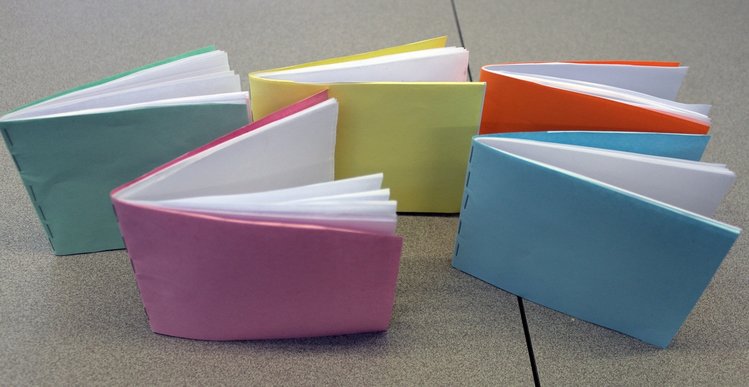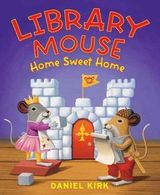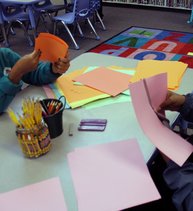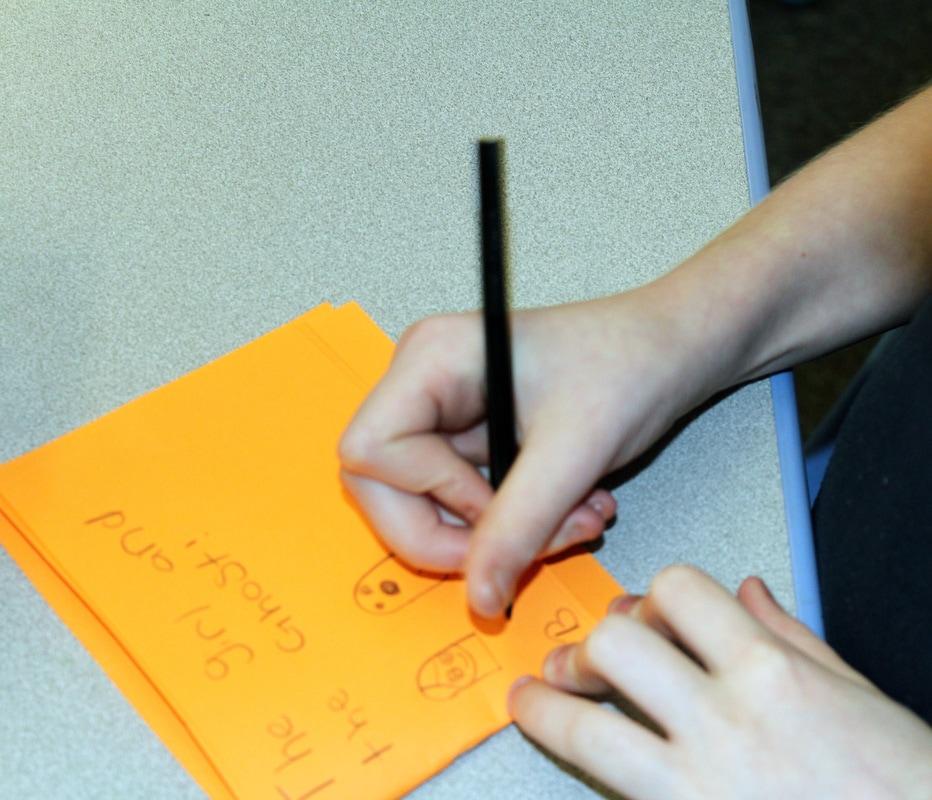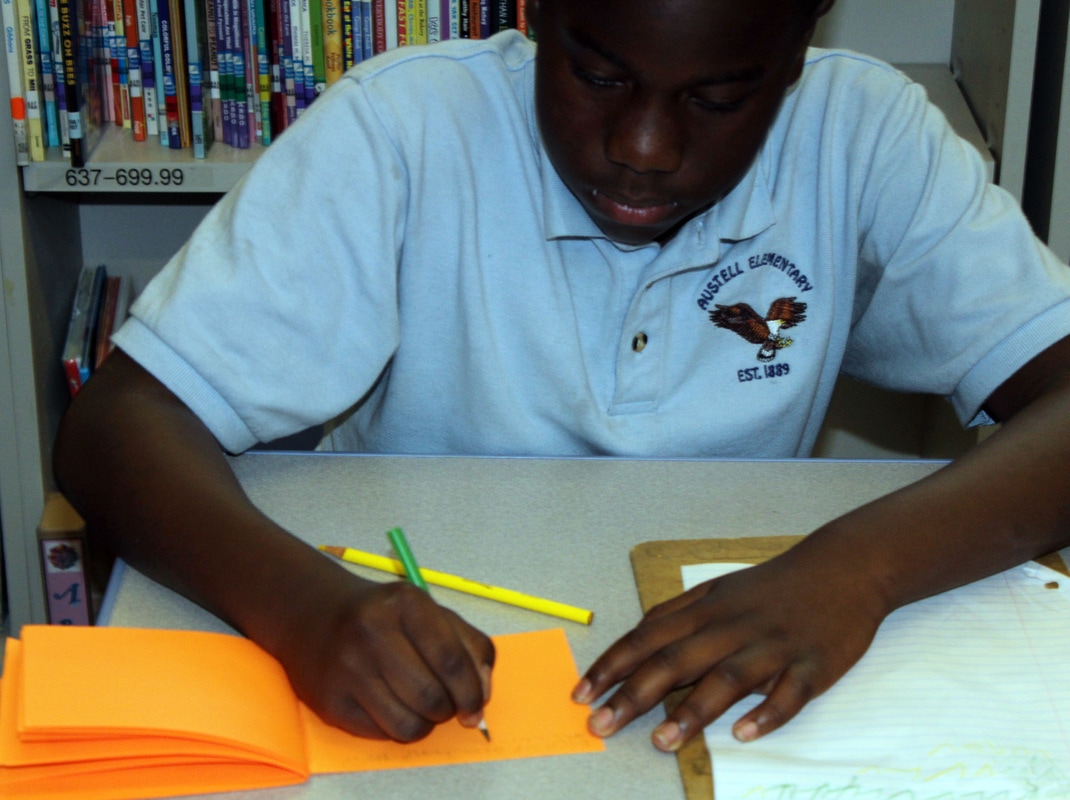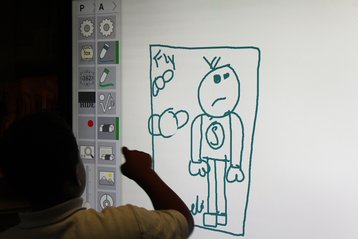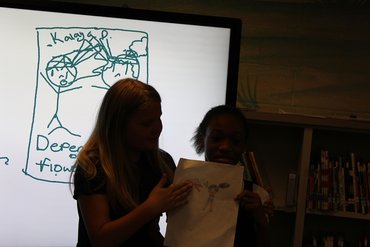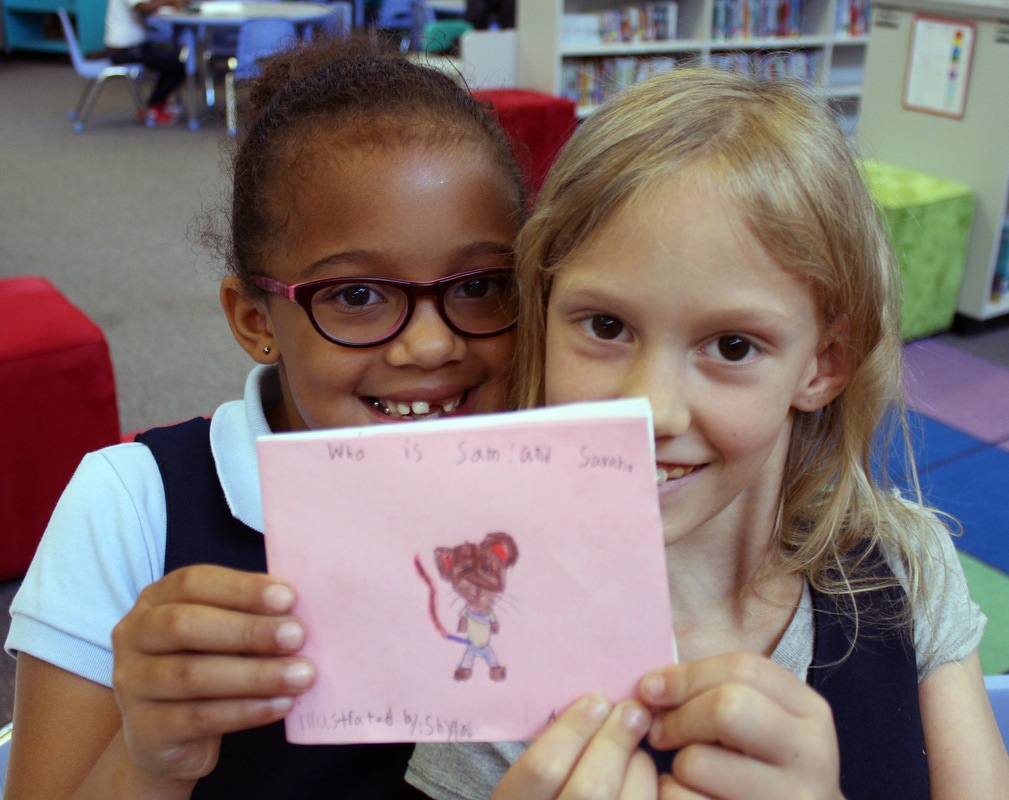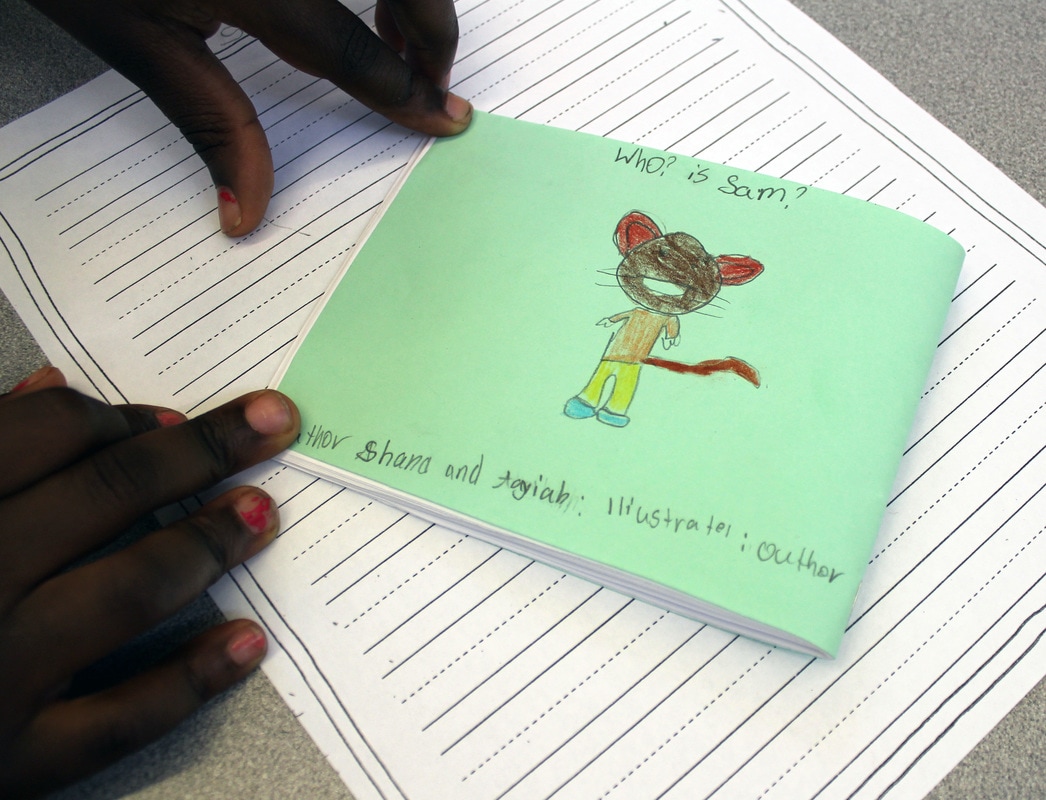AUSTELL ELEMENTARY MEDIA CENTER
LIBRARY MOUSE LESSON
Spending the day with author/illustrator, Brian Lies, last October, got my creative juices flowing. I have not stopped thinking about how much fun it would be to design a 4-8 week lesson, adapted specifically for every grade level and student ability, that ends with students writing and illustrating their own stories. As the weeks moved on, it stayed in the back of my mind, but I never found the time to actually sit down and develop anything. It would take the perfect story to motivate everyone.
A few weeks ago, two things happened that brought the thought back to the forefront of my brain. First, three teachers, Mrs. Headlee (K), Mrs. King (1st), and Mrs. Van Matre (2nd), discussed with me how their students needed to incorporate more writing and grammar into their lessons. Their students needed a push in those areas. Second, I read The Library Mouse, written and illustrated by Daniel Kirk. I immediately knew this story was going to be by my side for a while. After brief research, I ordered the entire Library Mouse series and got to work.
A few weeks ago, two things happened that brought the thought back to the forefront of my brain. First, three teachers, Mrs. Headlee (K), Mrs. King (1st), and Mrs. Van Matre (2nd), discussed with me how their students needed to incorporate more writing and grammar into their lessons. Their students needed a push in those areas. Second, I read The Library Mouse, written and illustrated by Daniel Kirk. I immediately knew this story was going to be by my side for a while. After brief research, I ordered the entire Library Mouse series and got to work.
Sam is a shy little mouse that lives in the media center. He sleeps during the day, but at night he owns the library. Reading, researching, and writing are his passion so he begins to write and illustrate his own books then sneak them onto the shelves at night. His stories are a big hit, but his identity remains a mystery to the students and library staff.
Lesson One
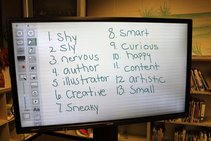
As always, I stress to the children how critical spelling, grammar, and punctuation are when writing a good book; and I use my Simplicity Touch to list the words for lower grade students. For the higher grades, I list all the words that students are unsure how to spell, and I let them know that it is always wise to ask when unsure. These pictures were taken during the first lesson, in Mrs. Meredith's first grade class.
Lesson Two
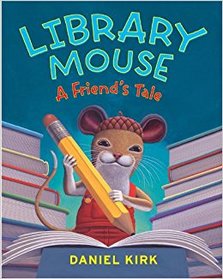
At the beginning of every new lesson, I ask the students to raise their hands if they would like to tell me what story we read last week and/or anything about the lesson. This has turned out to be a terrific form of assessment because I am always amazed at how much these children remember. They are not only recounting key details, but also tying them in with the illustrations.
Library Mouse: A Friend's Tale is the story used for Lesson 2. Even with the youngest students, I point out that the word "tale" in the title is a homophone. I explain what that means and write "tale" and "tail" on the Simplicity Touch interactive smart board. Because the illustrations are very important to the story, I make sure to hold the book up so all the students can see every page.
One of the best words to describe Sam is shy, but in book 2 he develops a friendship with Tom after he learns that Sam is a mouse living in the library. The librarian, Mrs. Forrester (whose name we change to Ms. Jiles), assigns the students in her Writers & Illustrators Club to write and illustrate a book in teams of two. Tom doesn't have a partner, so Sam winds up illustrating his story, because after reading it, he recognizes Tom as a regular at the library. Tom discovers Sam's identity, but proves himself a true friend when he does not reveal the truth.
The fact that Sam remembers Tom as a regular contradicts how Sam is described in the first story. Sam is said to only come out at night when the library is closed. When a 2nd grade student, Jesse, pointed out that Sam is in the illustrations when the library is open, I studied every illustration in both books to see for myself. Jesse was right. As you can see, Mr. Kirk has carefully hidden Sam in every one.
Library Mouse: A Friend's Tale is the story used for Lesson 2. Even with the youngest students, I point out that the word "tale" in the title is a homophone. I explain what that means and write "tale" and "tail" on the Simplicity Touch interactive smart board. Because the illustrations are very important to the story, I make sure to hold the book up so all the students can see every page.
One of the best words to describe Sam is shy, but in book 2 he develops a friendship with Tom after he learns that Sam is a mouse living in the library. The librarian, Mrs. Forrester (whose name we change to Ms. Jiles), assigns the students in her Writers & Illustrators Club to write and illustrate a book in teams of two. Tom doesn't have a partner, so Sam winds up illustrating his story, because after reading it, he recognizes Tom as a regular at the library. Tom discovers Sam's identity, but proves himself a true friend when he does not reveal the truth.
The fact that Sam remembers Tom as a regular contradicts how Sam is described in the first story. Sam is said to only come out at night when the library is closed. When a 2nd grade student, Jesse, pointed out that Sam is in the illustrations when the library is open, I studied every illustration in both books to see for myself. Jesse was right. As you can see, Mr. Kirk has carefully hidden Sam in every one.
Before reading the story, I tell everyone to pay very close to the illustrations and I point out important expressions and other ones that are especially helpful to tell the story. When I show them what they didn't see, they get really excited and want to see more. This begins my introduction to illustrations.
Lesson Three
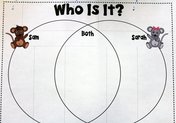
Library Mouse: A World to Explore is the third story in the series, and is used for the corresponding lesson. I begin by holding it up, as I did at the end of Lesson 2 to remind them that we might be introduced to a new character this week. Is she real or is she someone Sam is creating using his imagination? Does shy little Sam make a real friend? Let's find out.
Lesson Four
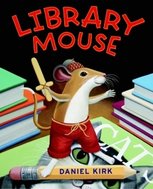
Sam and Sarah venture outside of the library in Library Mouse: A Museum Adventure. Although Sam has never been outside of the library, it turns into a fantastic outing where they make new friends and discover that stereotypes are not always accurate. I begin by holding up the first book and pointing out how Mr. Kirk illustrates Sam on the cover. He is standing on a pencil which connects him to writing and illustrating. He is holding a sword in a battle stance which might represent his imaginative talent, but the most curious of all is the pencil he is standing on lies atop a book about cats. I explain how precarious relationships can be between a cat and mouse, which the students usually find ironically humorous, but it also allows the opportunity for me to introduce foreshadowing.
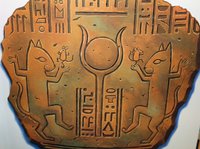
Almost immediately up0n entering the museum, Sam and Sarah encounter numerous cat-related items including a skeleton of a saber-toothed tiger and the hieroglyphic stone in the picture. It is clear they are terrified of cats when, all of a sudden, a cat appears and the two run for their lives. It turns out the cat isn't chasing them for dinner. He is an artist and wants to draw them; and a friendship is made. This is a great opportunity to discuss stereotyping and how it relates to our society today.
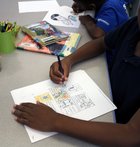
After the story and discussion, I pass out a 9-page packet to each student which includes six pages Daniel Kirk put together about storyboarding and character development. This is a plethora of information that is a great resource when students are stuck. I also inserted several blank pages where students can practice storyboarding their own ideas before transferring them into their own books. I have them begin with the cover illustration and title they have in mind. I try to preview each one before the class ends and ask that they work on the other pages before next week so they will be prepared to make their very own books.
Lesson Five
The great thing about this lesson is that it can be adapted in countless ways to fit almost any need. It has been a joy to watch the students work to develop their characters, illustrations, and plot, but the best part is seeing reluctant readers become excited and take part. Many are so eager to share, so I decided to let some of them present their ideas on the Simplicity Touch smartboard. They loved it.
The students are now finishing up their storybooks. They are so proud and excited to show and share them with others.
|
|
The finished books are now pouring in. I get at least 4 or 5 every morning before school starts. I ask each student to read their book to me whenever time permits. One student ask if she could read it to a class that was scheduled to come in that day. This was a fantastic idea that has taken off. She not only read hers, but I have since had several other students share what they wrote with another class. Nothing can compare to the feeling I get whenever I see these students succeed. They are proud of their work and they have good reason to be. Some of the students that created the best books were the ones that I least expected to participate, and that may be the best part of all!
|
I hope this will be of use to some of you; and you can alter it to fit your needs. If you think of a new angle or find something to add, please do share.
Proudly powered by Weebly
